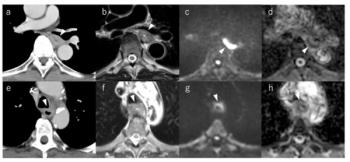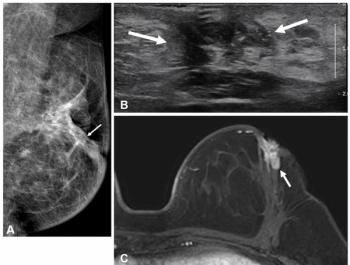
Nanoparticles carry drugs designed to help image, track, and treat tumors
Particles one-billionth of a meter in size can be loaded with high concentrations of drugs designed to kill brain cancer. These nanoparticles can be used to image and track tumors as well as destroy them, according to researchers at the University of Michigan Comprehensive Cancer Center.
Particles one-billionth of a meter in size can be loaded with high concentrations of drugs designed to kill brain cancer. These nanoparticles can be used to image and track tumors as well as destroy them, according to researchers at the University of Michigan Comprehensive Cancer Center.
Researchers bundled the drug Photofrin with iron oxide into nanoparticles that would target cancerous brain tumors. Photofrin offers a type of photodynamic therapy: The drug is drawn through the bloodstream to tumor cells, where a laser activates it to attack the tumor. Iron oxide is a contrast agent used to enhance MRI.
"Photofrin goes into tumor blood vessels and collapses the vasculature, which then starves the tumor of the blood flow needed to survive. The problem with free Photofrin therapy is that it can cause damage to healthy tissue. In our study, the nanoparticle becomes a vehicle to deliver the drug directly to the tumor," said study author Brian Ross, Ph.D., a professor of radiology at the U-M Medical School and codirector of molecular imaging at the U-M Comprehensive Cancer Center.
Results of the study appear in the Nov. 15 issue of Clinical Cancer Research.
Treating brain tumors is difficult because the blood-brain barrier prevents substances, harmful or beneficial, from traveling through the bloodstream into the brain. Chemotherapy must penetrate this barrier to treat a tumor.
The U-M researchers tested the nanoparticles in cell cultures and animals. Their studies showed the nanoparticles traveled to the tumor, resulting in less Photofrin exposure throughout the body and enhanced exposure within the tumor. This allowed a larger window for activating the drug with light and would eliminate a common side effect of photodynamic therapy, in which healthy skin becomes sensitive to light.
The researchers found that rats treated traditionally with Photofrin survived 13 days, while those treated with Photofrin incorporated into a nanoparticle survived an average of 33 days. Forty percent of the rats remained disease-free six months after treatment.
They also found twice the amount of the contrast agent at the tumor site when using targeted nanoparticles, suggesting the nanoparticles were attracted to the site.
If nanoparticle delivery proves to be safe in humans, it will allow researchers to reexamine previously developed drugs that were discarded because they caused too many dangerous side effects.
Newsletter
Stay at the forefront of radiology with the Diagnostic Imaging newsletter, delivering the latest news, clinical insights, and imaging advancements for today’s radiologists.

































